PETZL HELO ADJUST
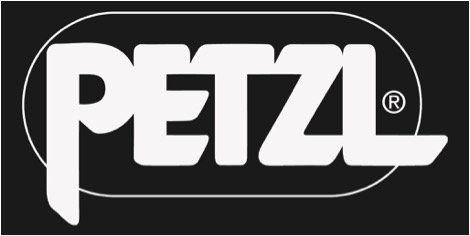
If you’ve spent any time riding in helicopters or other aircraft, chances are you’ve worn and used a Personal Retention Device (PRD) of some kind or another. Typically, these devices are attached to the wearer’s belt and are then attached to a hard point on the aircraft. Over the years, they have evolved from simple tubular nylon webbing with sewn loops and carabiners on each end to having pieces of bungee cord inserted in them and then eventually to dedicated hardware sewn directly into the webbing.
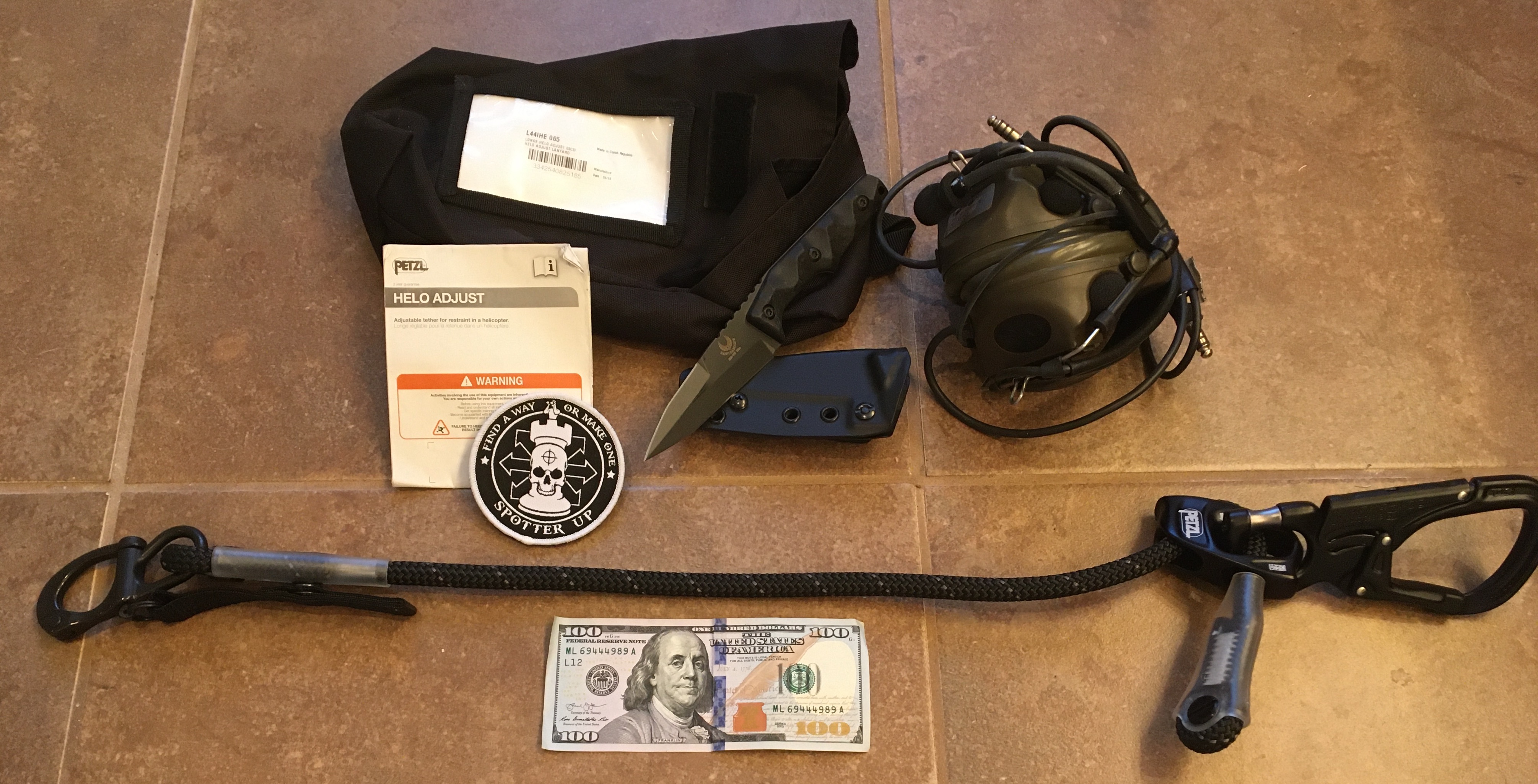
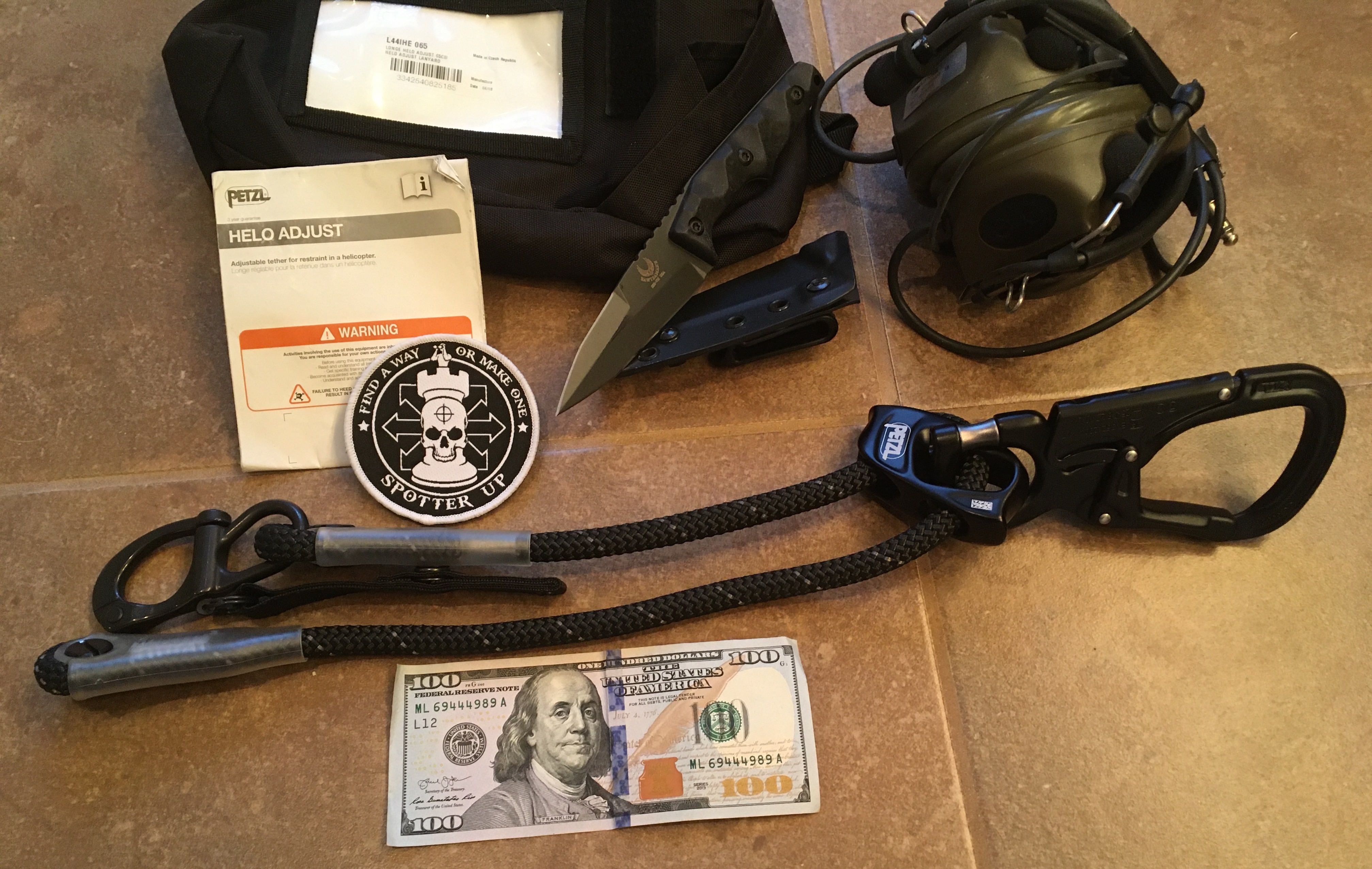
One constant that has remained is that they all tended to be somewhere in between where you needed them to be in length while seated in the aircraft. While the bungee cord inside allowed for some flexibility in length, it was never user adjustable. This is where the PETZL HELO ADJUST stands out among the current field of PRDs.
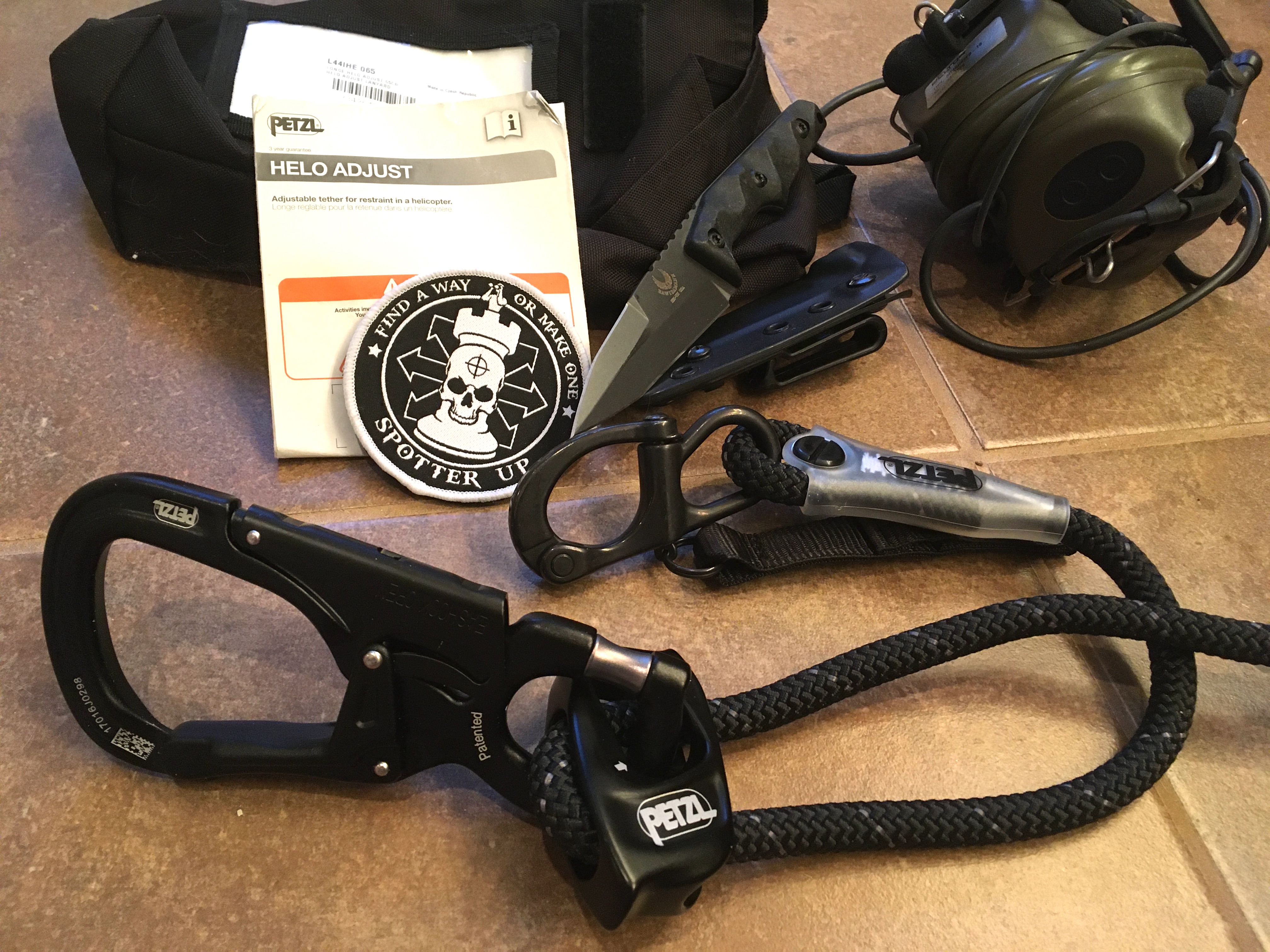
The PETZL HELO ADJUST brings a new look and adjustability to PRD’s that utilizes hardware and materials commonly found in climbing and fall safety devices, something that PETZL has a lot of experience in. Most of the hardware will be familiar to users that have used a PRD before. On the anchor end, the HELO Adjust uses a PETZL proprietary locking carabiner with eye. In the PETZL line of hardware it is listed as the EASHOOK open gated connector. It is tactical black and is coated in an anti-wear finish with low shine surfaces. The carabiner requires pressure to be applied from the back or spine of the carabiner in order for the gate to be opened up and has an ergonomic grip and locking system with a wide opening to facilitate attaching to hard points while wearing gloves. The bottom eyelet portion of the carabiner is separate from the opening gate making it impossible for the attachment rope from rotating around the carabiner and or inadvertently coming off.
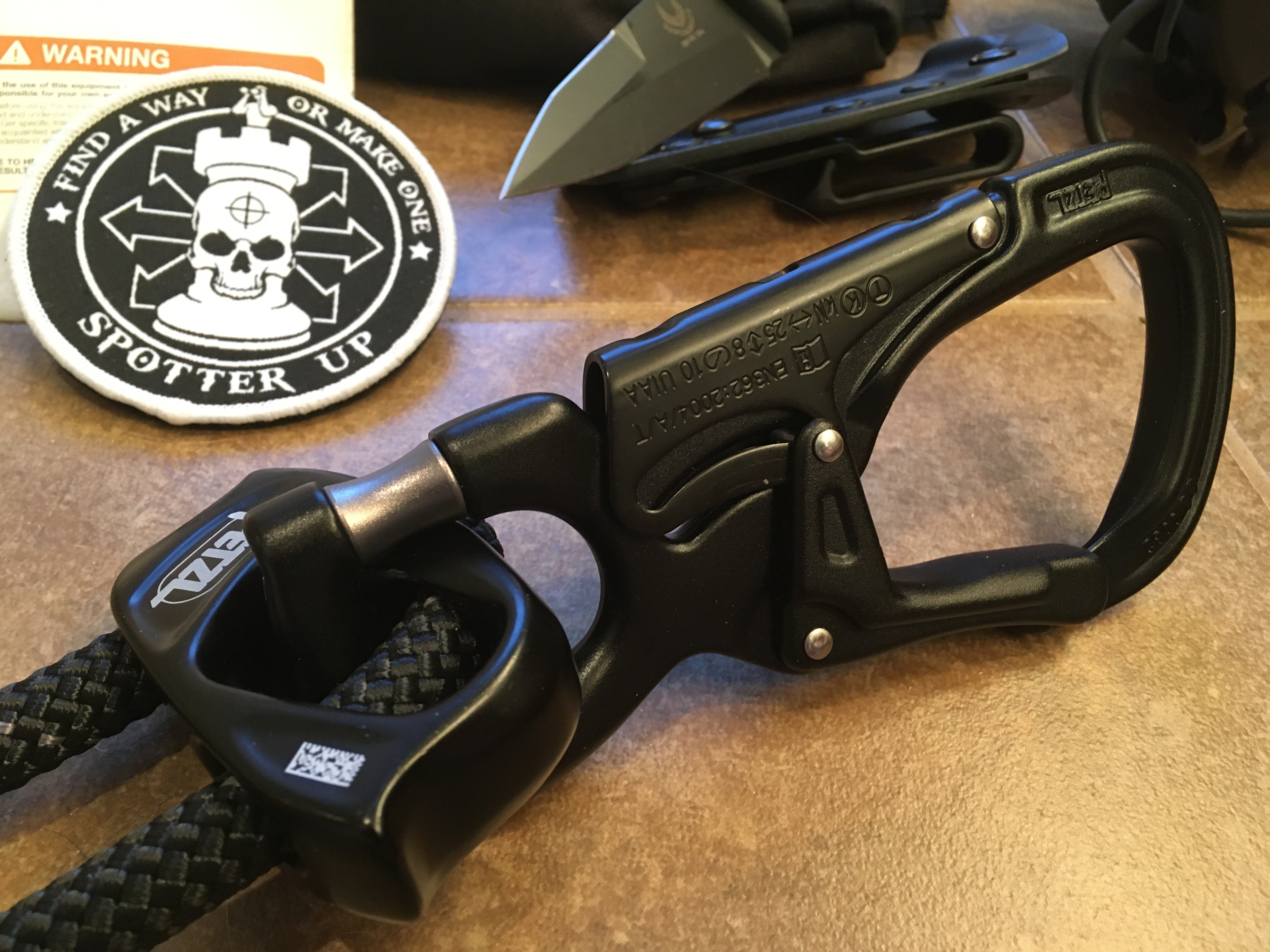

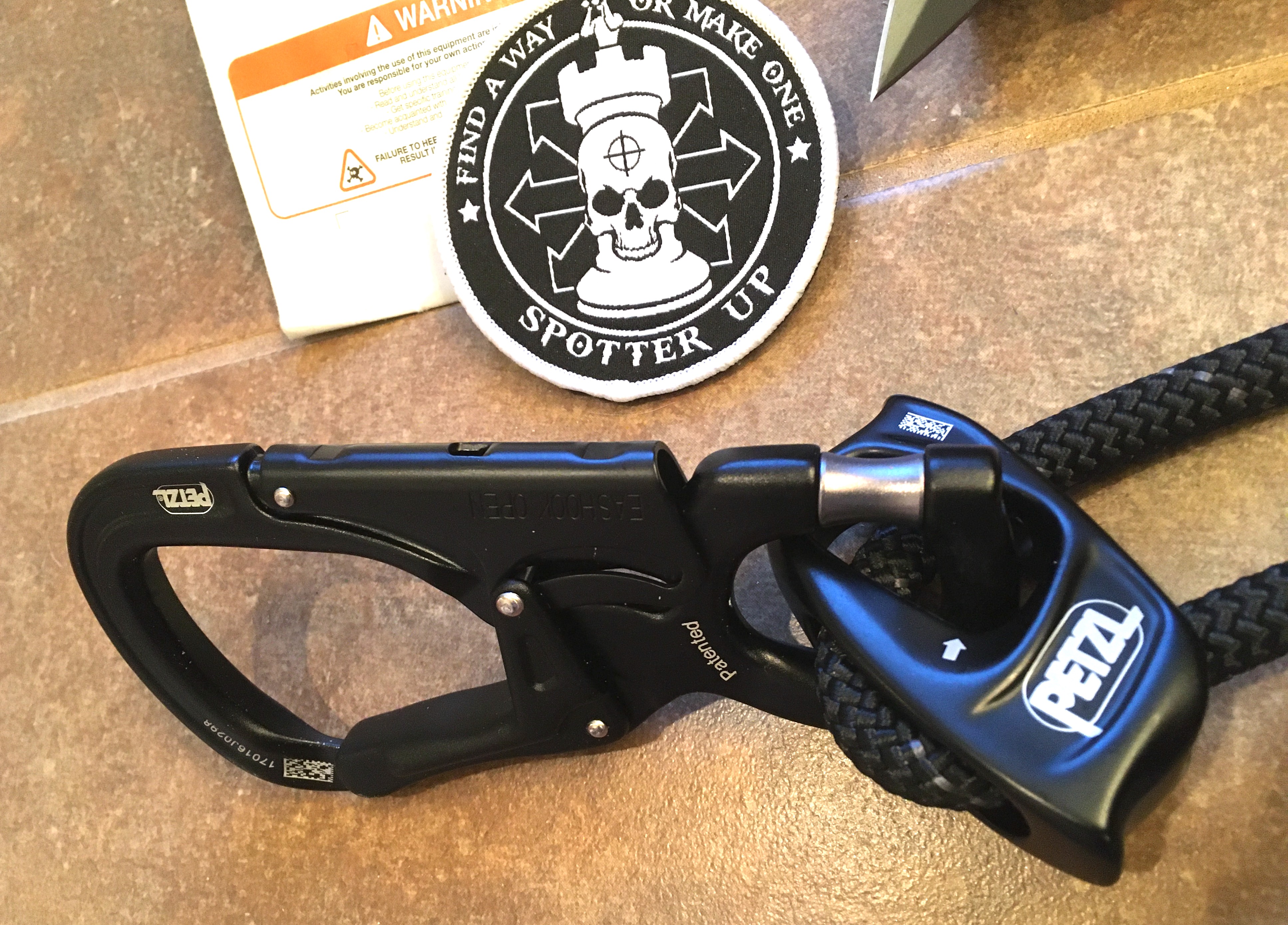

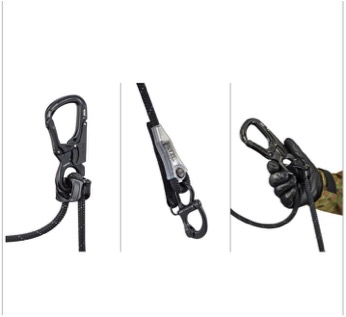

The lanyard portion of the HELO ADJUST is where things change up from the typical PRD. In the PETZL line of equipment it is listed as the Progress Adjust progression I lanyard. This portion will look familiar to anyone who has done any rope work or rock climbing, as it uses a section of 9mm semi-static rope and what PETZL terms a rope clamp, which works similar to a belay device. The difference is the rope clamp has to be physically adjusted by the user to allow the rope to pass through it. This function allows the user to adjust the length of the lanyard from 18 inches to 30 inches, so that it is the appropriate length from the hard point to the user’s belt. The ends of the rope have a sewn and filled eyelet that is protected from abrasion by a plastic covering. The rope clamp is permanently captured in the bottom eyelet of the carabiner previously described. The rope lanyard runs through both and provides the one handed tension and adjustability function.
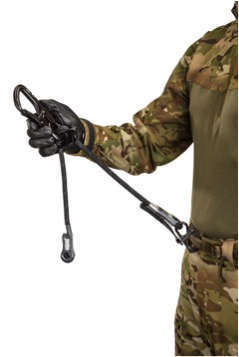

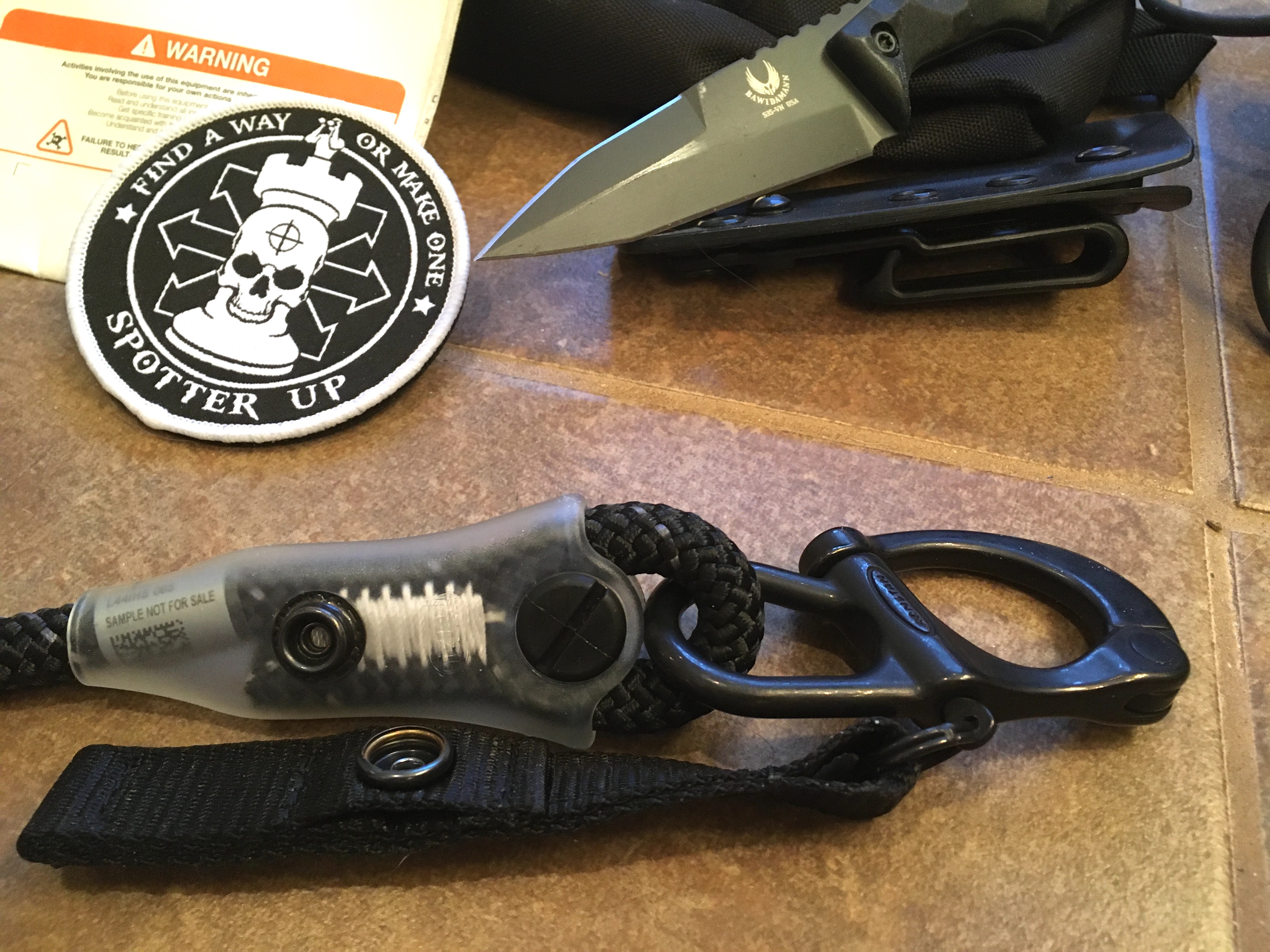

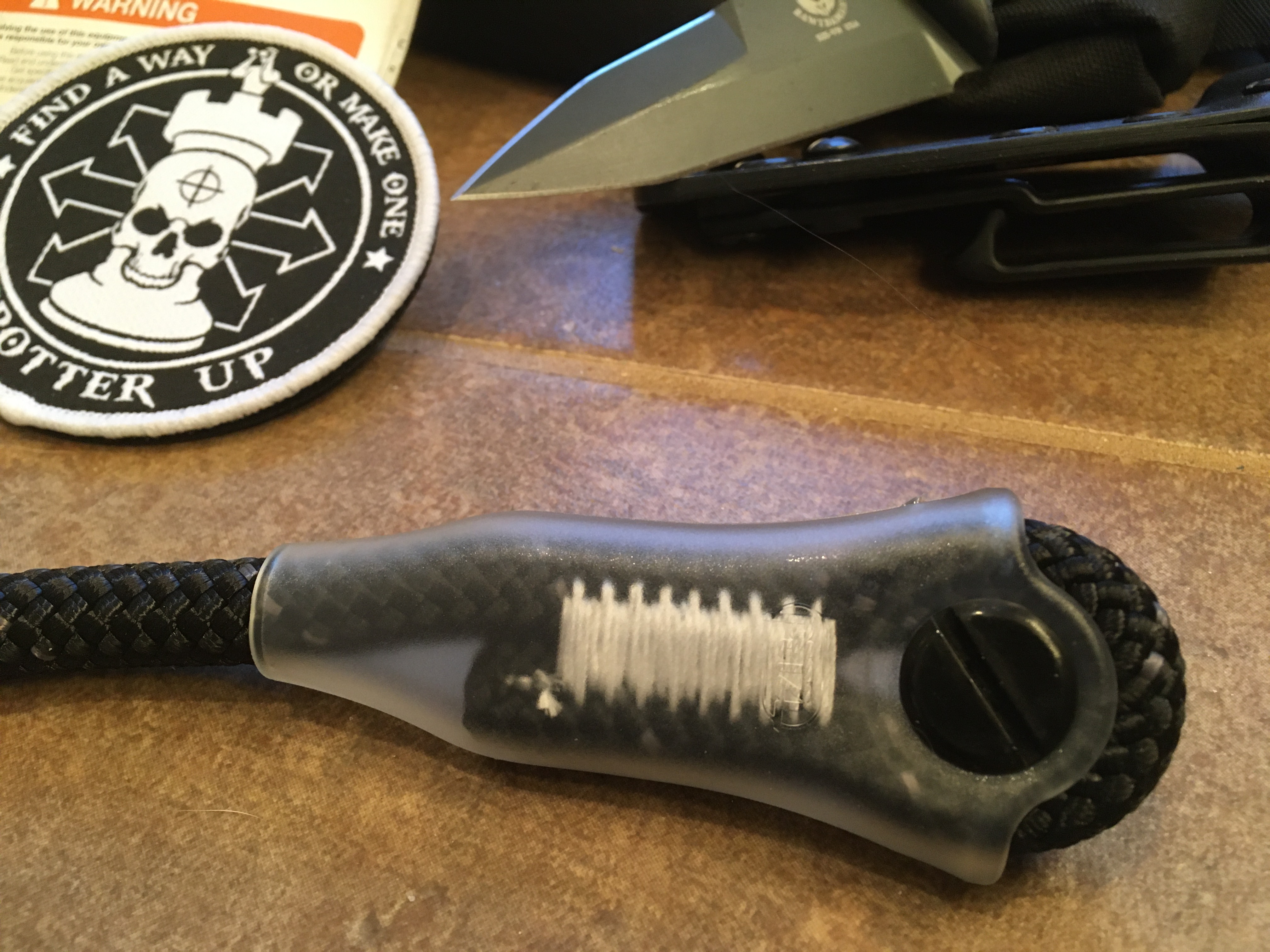

On the wearer’s eyelet end, a large pelican hook is permanently captured by the sewn eyelet. This is a familiar piece of PRD hardware but it also has a black finish like the rest of the hardware. The quick release pin is captured, and uses a pull lanyard that has a snap that holds it secure to the lanyards length. The release lanyard is long enough that it can be located with gloved hands and in the dark, as the snap keeps its location known at all times.
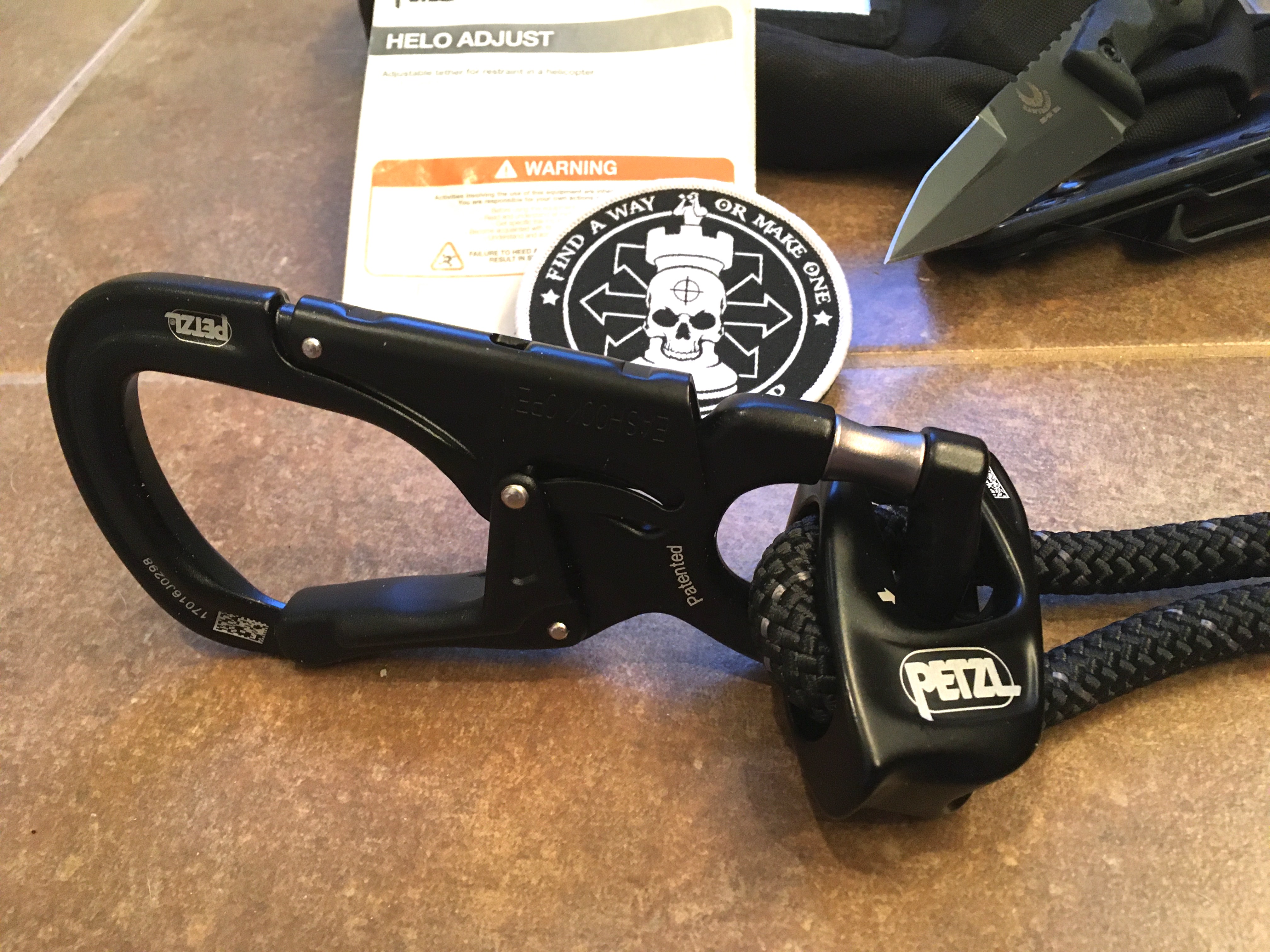

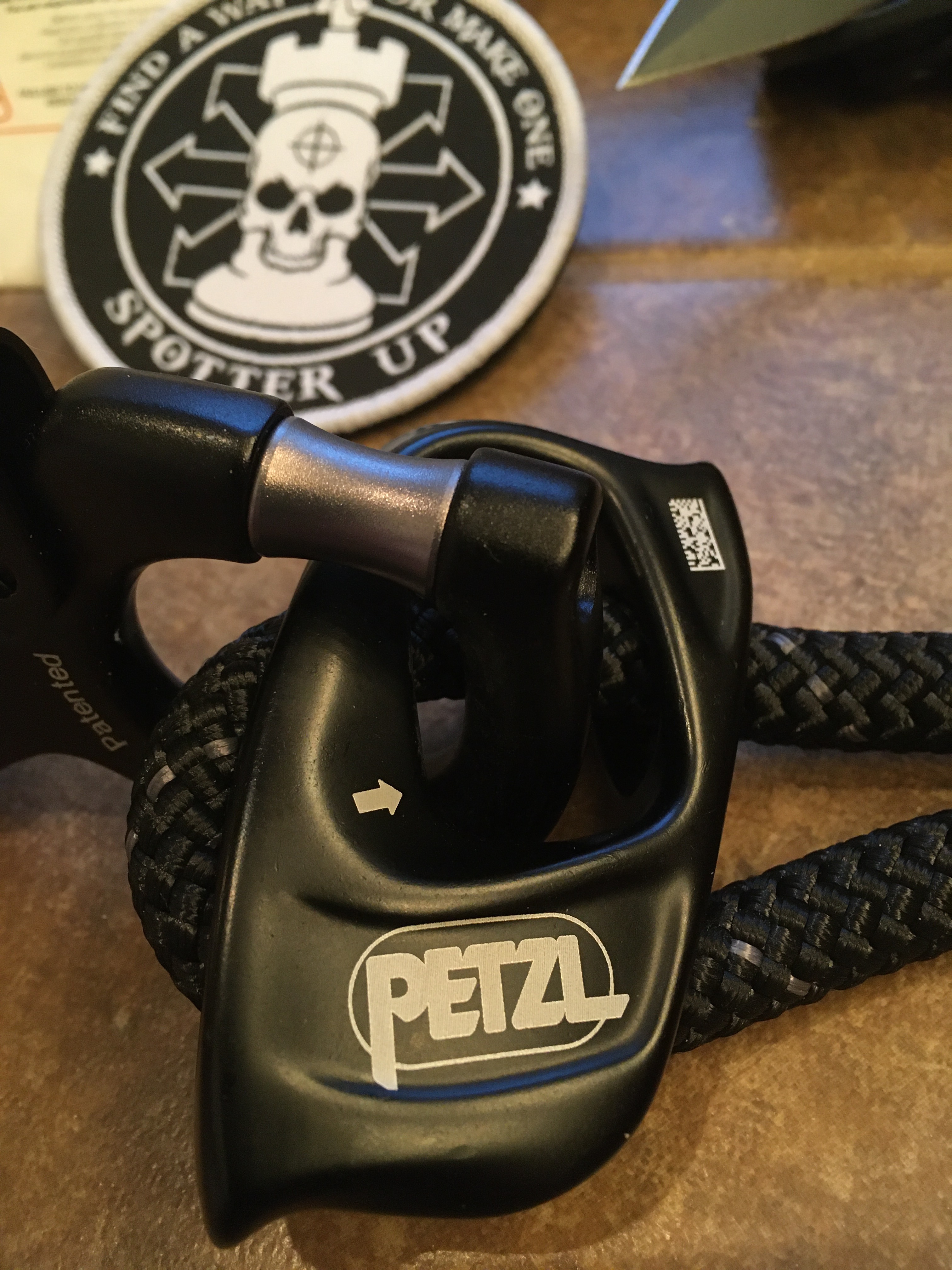

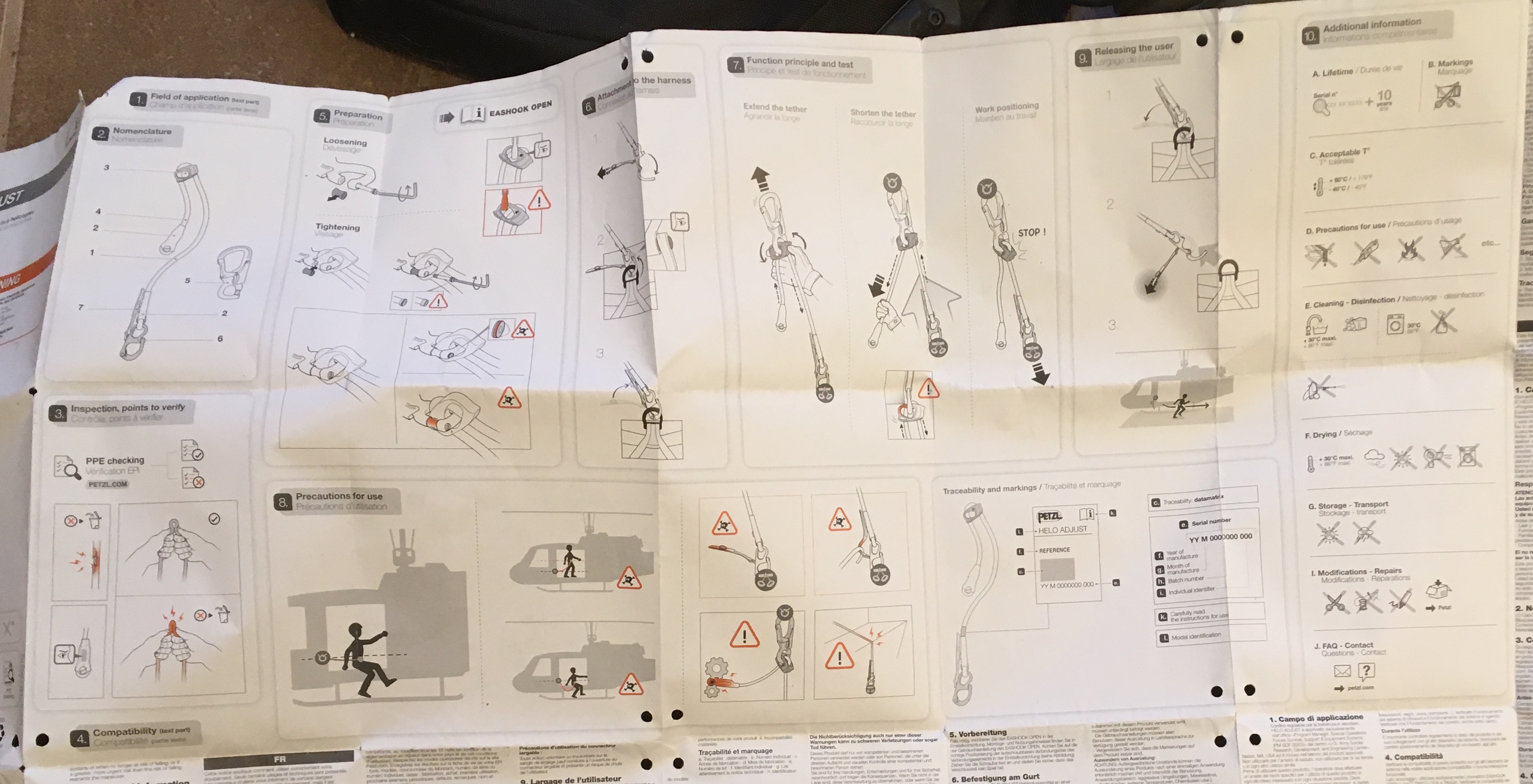

USER IMPRESSIONS
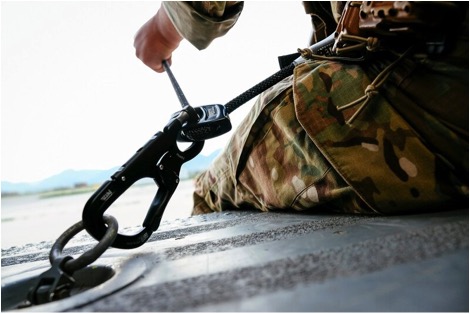

The HELO ADJUST feels solid and like a quality product one would expect from PETZL. The use of rope as the lanyard seemed foreign at first but after using the HELO ADJUST with the rope clamp, it made a lot of sense from a functionality and adjustability standpoint. This becomes apparent once you hook into a hard point and quickly pull the running end snug to the appropriate length. Everything can be adjusted using one hand easily. The snap on the quick release lanyard is a new twist that also makes a lot of sense, and prevents it dangling or getting caught on anything.
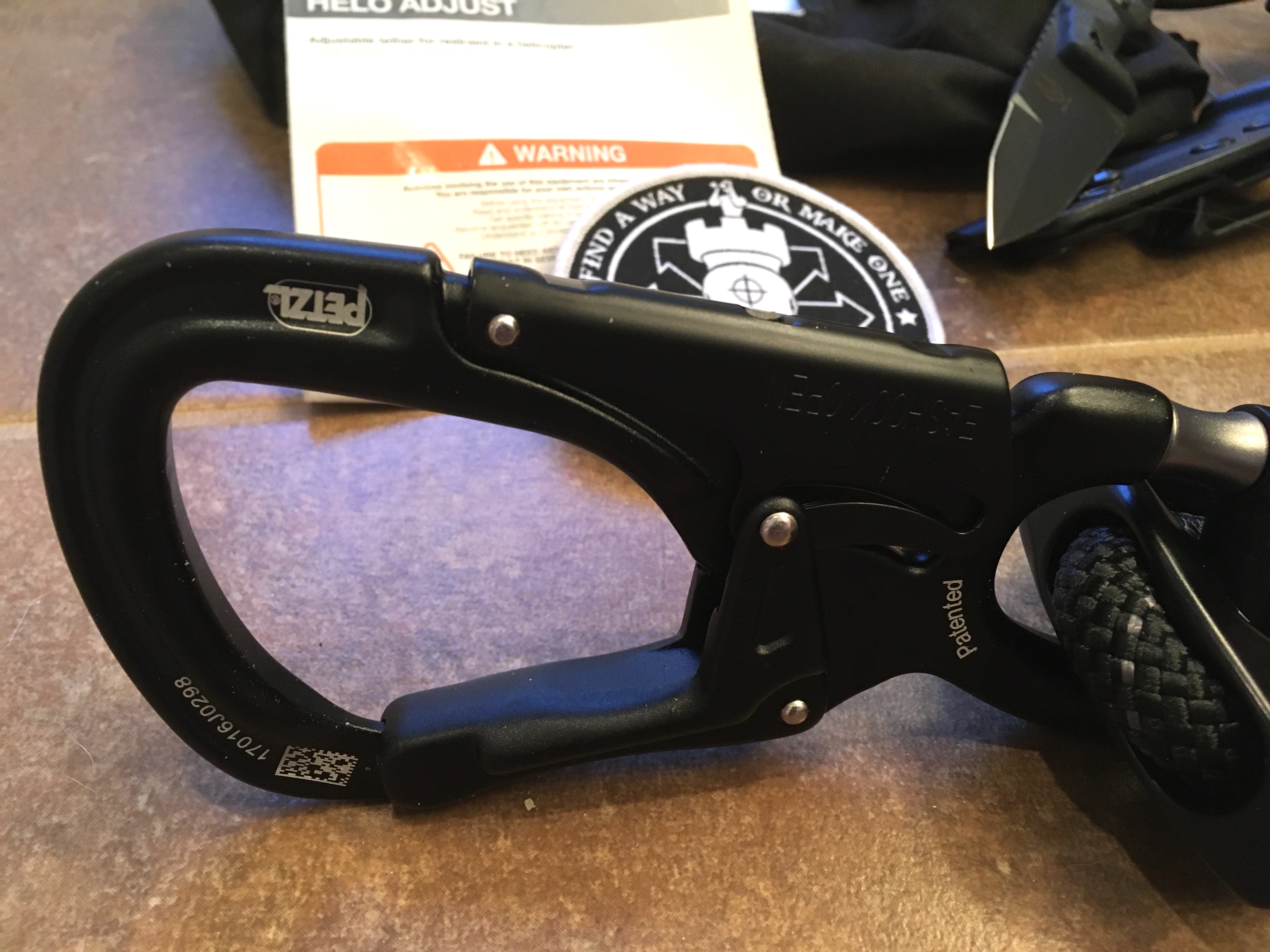

Since this design is a bit different from what most have become accustomed to over the years, it might seem like overkill when you compare them side by side. Because of the different materials, there is a bit of additional weight and bulk but at 14.2 ounces, not excessively so. It does feel different when wearing it in the stowed position on your pants, as the rope lanyard isn’t as flat as bungee filled tubular nylon. There is also the running end of the lanyard. Depending on where you stow the carabiner end on your pants or kit, the excess hangs down and may annoy some users when running or during movements. The use of a retainer band (Rubber band) girth hitched on the standing end and the running end routed through it proved to keep the excess from dangling too much and still allowed for the rope clamp to be used quickly and with one hand. This would probably be the one major complaint heard from new users and something PETZL could easily fix by adding a floating sewn piece of elastic material to the standing end. This would allow the user to adjust the elastic along the standing end to adequately retain the running end from dangling regardless of its length.
SPECIFICATIONS
Currently the HELO ADJUST is a Military/LEO restricted item in the PETZL inventory and proof of meeting that requirement is needed to purchase it.
Adjusts from 45-76 / 18″-30″ in
Weight: 405 grams / 14.2 ounces
Certifications: EN 358:1999, US Army Approval



OVERALL
I found the PETZL HELO ADJUST to be a fresh take and good alternative to the current and older versions of a PRD. It really is a piece of safety equipment capable of supporting up to 3,000 pounds. Lastly and most importantly, the HELO ADJUST meets all the standards required by the Program Manager, SOF, Survival, Support and Equipment Systems at the U.S. Army Soldier Research and Development and Engineering Center and is on the Approved Products List by the organization.
Cost: 3
Comfort: 5
Durability: 4
Functionality: 5
Weight: 3
Overall Rating: 4/5
The scale is defined as:
(1): Poor/unacceptable. Worse than expected, or desirable; of a low or inferior standard or quality.
(2): Fair. In conformity with reasonable expectations, but in comparison to competitors is may be deficient
(3): Average. Common item; item neither lacks from or is superior than a competitors item.
(4): Good. The item is desirable and has qualities that excel in comparison to a competitors item
(5): Excellent. Outstanding, possesses superior quality; remarkably good
Material Disclosure
I received this product as a courtesy from the manufacturer via Spotter Up so I could test it and give my honest feedback. I am not bound by any written, verbal, or implied contract to give this product a good review. All opinions are my own and are based off my personal experience with the product.
*The views and opinions expressed on this website are solely those of the original authors and contributors. These views and opinions do not necessarily represent those of Spotter Up Magazine, the administrative staff, and/or any/all contributors to this site.

